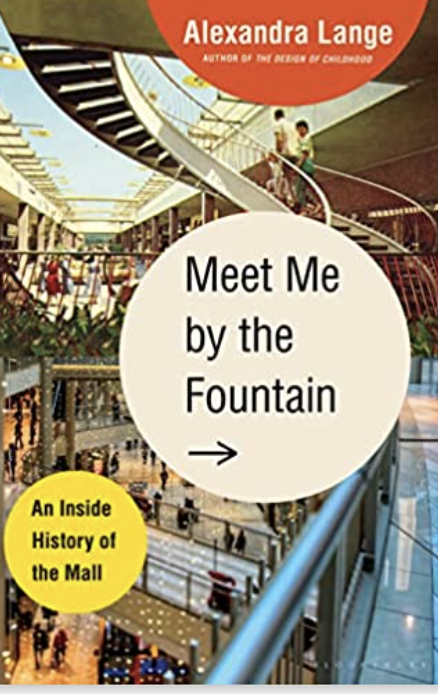
Rise and fall of the American mall


A journey tracing the American mall from its 1950s heyday to its faltering present. Brought up in a hothouse underground bunker complex for kids with telekinetic powers, Eleven buzzes the neon pastel Starcourt mall with her new friend Max, who inducts her into the execution of US consumerism. The mall in which it was filmed, Gwinnett Place in Duluth, Georgia, is now almost vacant, so empty that there was a decomposing body lying there undiscovered for two weeks back in 2018. The malls have loomed large as temples of commerce, the agora of the suburbs, and yet today, amid the aftershocks of financial crises and a global pandemic, as well as the rise of online retail, the dystopian husk of an abandoned shopping centre has become one of our era’s defining images.
George A Romero’s 1978 Dawn of the Dead, used the mall as the perfect backdrop for a zombie face-off, the undead returning to a familiar haunt. The mall has been the car dependence, the death of the main street, the bleeding dry of suburban centres, the collapse of independent businesses and the globalised mundanity and ubiquity of overleveraged brands.
New York-based design critic and journalist, Alexandra Lange, traces the history of the US mall from its origins in the early 1950s to the present, highlighting Victor Gruen, the Viennese socialist émigré, who became the most influential architect of the mid-20th century, who effectively invented the mall, saw it as a potential civic centre for the burgeoning post-war suburbs that lacked any kind of social infrastructure. He designed malls in which doctors’ surgeries, and libraries nestled up against boutiques and toy stores, in which shady plazas created the kind of European-infected places to sit that developer-led housing had failed to provide. He designed both the Northland Mall near Detroit, the first open-air shopping centre (1954) and Southdale Mall in Edina, Minnesota (1956), the first enclosed mall.
Much before that, there were arcades in Paris, London and Milan, but malls represented a US twist, set in the vast fields of blacktop, accessible only by car, privately owned, with their own security and thus safe for kids and teens.
From the Nasher’s of Dallas who converted their consumerist empire into culture and art, to the influence of Ray Bradbury’s writing on the form and future of the mid-century mall. Mall walking provides a crucial form of social exercise to America’s dispersed elders with smooth levelled floors and lots of toilets. Jon Jerde is one of the greatest architects of spectacle whose designs for malls included Universal Studios City Walk and Horton Plaza in San Diego. The mall is an architectural form pioneered by the US but fully realised elsewhere. She takes us to Latin America and Cumberland in Scotland.
Lange uncovered the histories of toys, classrooms and playgrounds, and state the malls are environments of both freedom and exclusion of consumerism and community.
Meet me by the Fountain is a highly entertaining and evocative promenade through the mall’s story of rise and fall.
Meet Me by the Fountain: An Inside History of Mall by Alexandra Lange, Bloomsbury £23.48, 320 pages.
